
Stovetop Mini Flapjacks are thin “rounds” of cornbread fried in a greased skillet on top of the stove.
They look like pancakes. Crusty outside. Moist inside.
Easy to make with ingredients you very likely have in the pantry.
Pairs well with Smoky Collard Greens and a Green Bean Casserole.
WHAT IS SELF-RISING CORNMEAL MIX?
A key ingredient is self-rising cornmeal mix.
It’s a combination of cornmeal and flour.
Available on the baking aisle of most grocery stores.
A variety of online stores also carry it.
A google search will reveal online stores where it can be purchased.
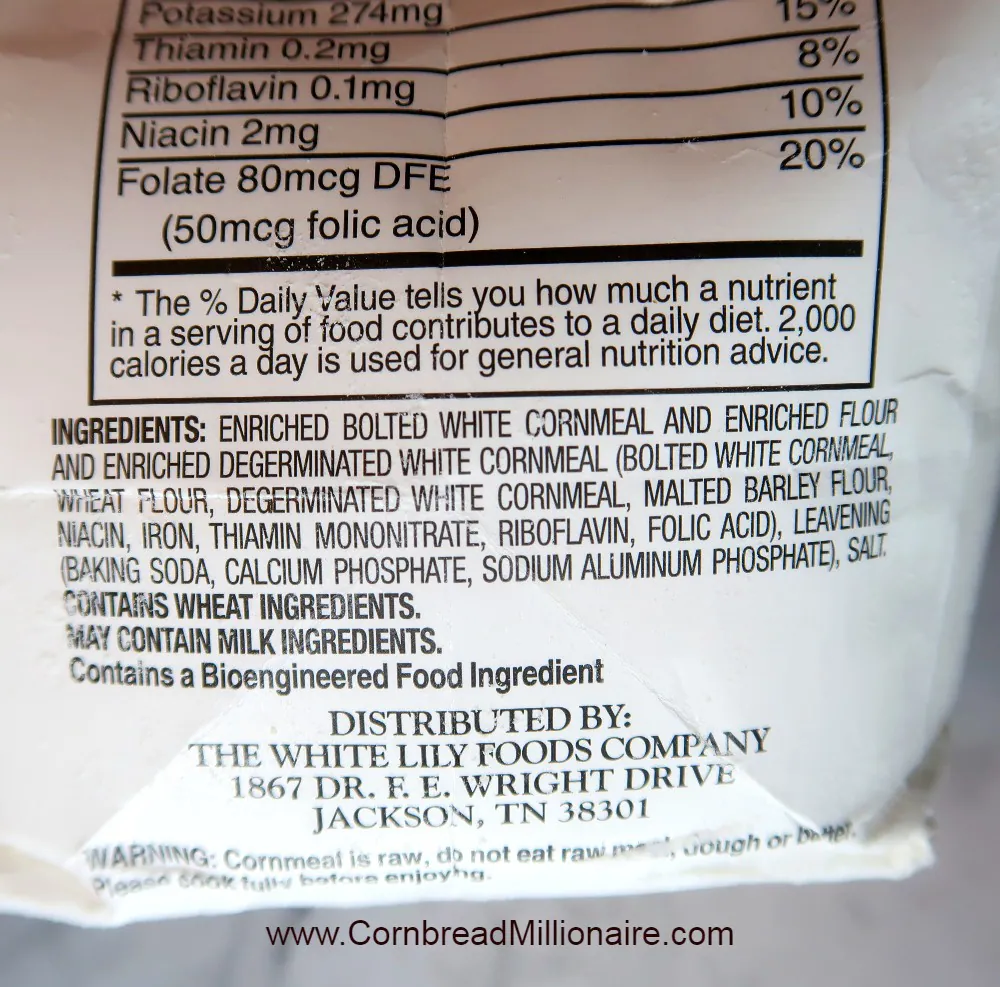
DISCLAIMER (NOT SPONSORED): I have not been paid to endorse any of the pictured products.
Delighted to share what I purchased and used to make this delicious recipe. All comments are my own.
WHAT IS SELF-RISING FLOUR?
Store-bought self-rising flour is another key ingredient in this recipe.
It contains enriched bleached flour, leavening (baking soda), salt, and a few more ingredients.
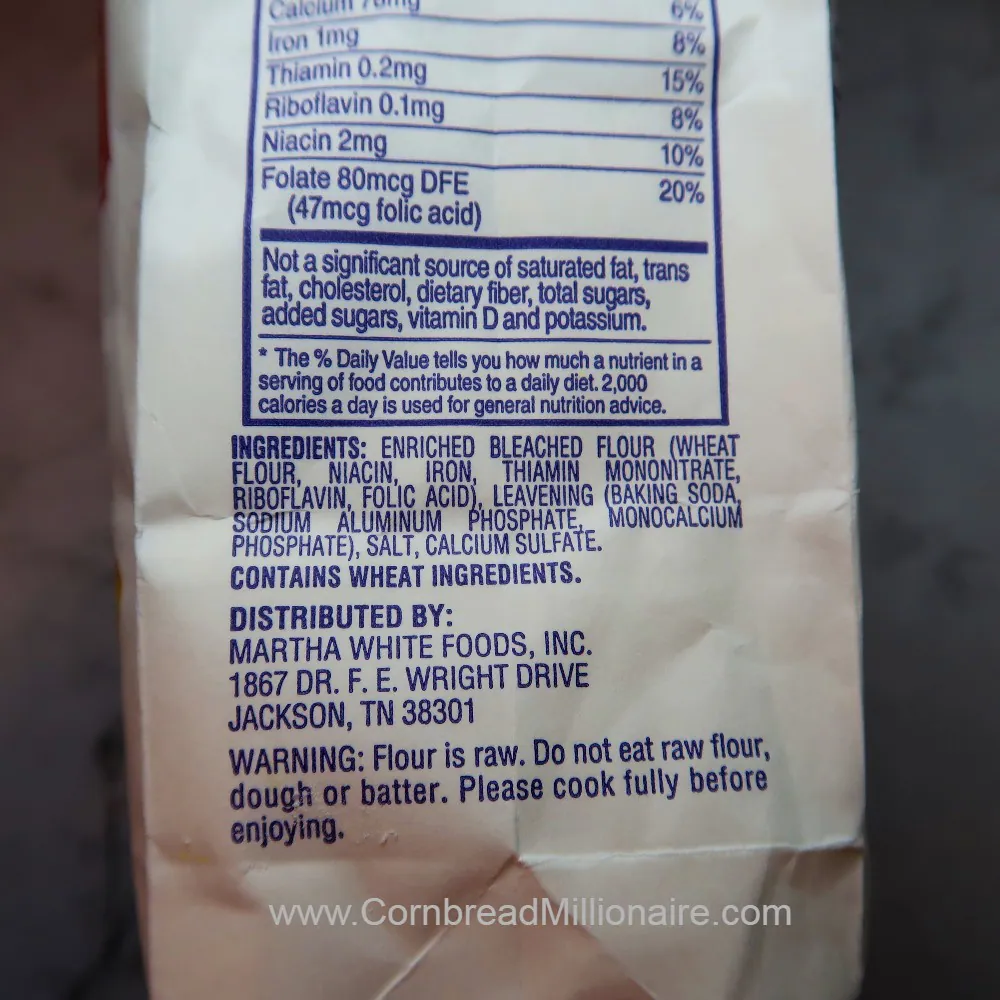
Check out my Homemade Self-Rising Flour.
Easy to make with a few ingredients.
COOKING TIPS
Preheat oil in skillet on top of stove until sizzling hot (not smoking hot).
Cornmeal fries better in vegetable oil than in melted butter.
SERVING SUGGESTIONS
Drizzle with maple syrup or honey and enjoy every bite.
Serve Stovetop Mini Flapjacks plain or slathered with salted butter.
They are excellent in a green salad.
ENJOY!
CLICK HERE TO PIN ON PINTEREST.
EDITOR’S NOTE (October 17, 2022): Published this recipe for the first time on June 5, 2020. Today, I added nutritional information.
To obtain nutritional information by weight, visit popular online nutritional calculator myfitnesspal.com.
Copy recipe link in the address bar and add it to their calculator.
No need to type each ingredient.
Stovetop Mini Flapjacks
Ingredients
- 1 cup self-rising white or yellow cornmeal mix
- 1/4 cup self-rising flour sifted, spooned and leveled
- 2 tablespoons granulated sugar (optional)
- 2 medium eggs, beaten
- 1 cup buttermilk cultured whole or low-fat
- 6 tablespoons vegetable oil, divided
- maple syrup for drizzling (optional) or honey
Instructions
- In medium bowl, combine self-rising cornmeal mix, self-rising flour, sugar, eggs and buttermilk.
- Stir until well combined with a large spoon. Leave no dry crumbs. Set aside.
- Drop 2 tablespoons of vegetable oil in a 9" cast iron skillet or griddle. Warm over low heat until sizzling hot, but not smoking.
- Drop a small drop of batter in skillet. If it sizzles and browns quickly, hot skillet is ready for batter.
- Drop a generous tablespoon full of cornbread batter into hot skillet. If larger minis are preferred, use two tablespoons of batter to make ONE mini flapjack.
- Fry over low-medium heat 2 to 3 minutes or until edges are dry and top is bubbly Flip over and cook 2 to 3 more minutes or until golden brown.
- Drain on paper towels.
- Carefully add 2 more teaspoons of vegetable oil to HOT skillet.
- Repeat as previously instructed until all batter has been fried.
- Serve hot.
- STORE cooled flapjacks in a container with a tight lid or store them in a zippered storage bag. Refrigerate until ready to use.
- WARM IN OVEN: Arrange flapjacks in a single layer on a cookie sheet. Place in 400 degree preheated oven for 5-7 minutes.

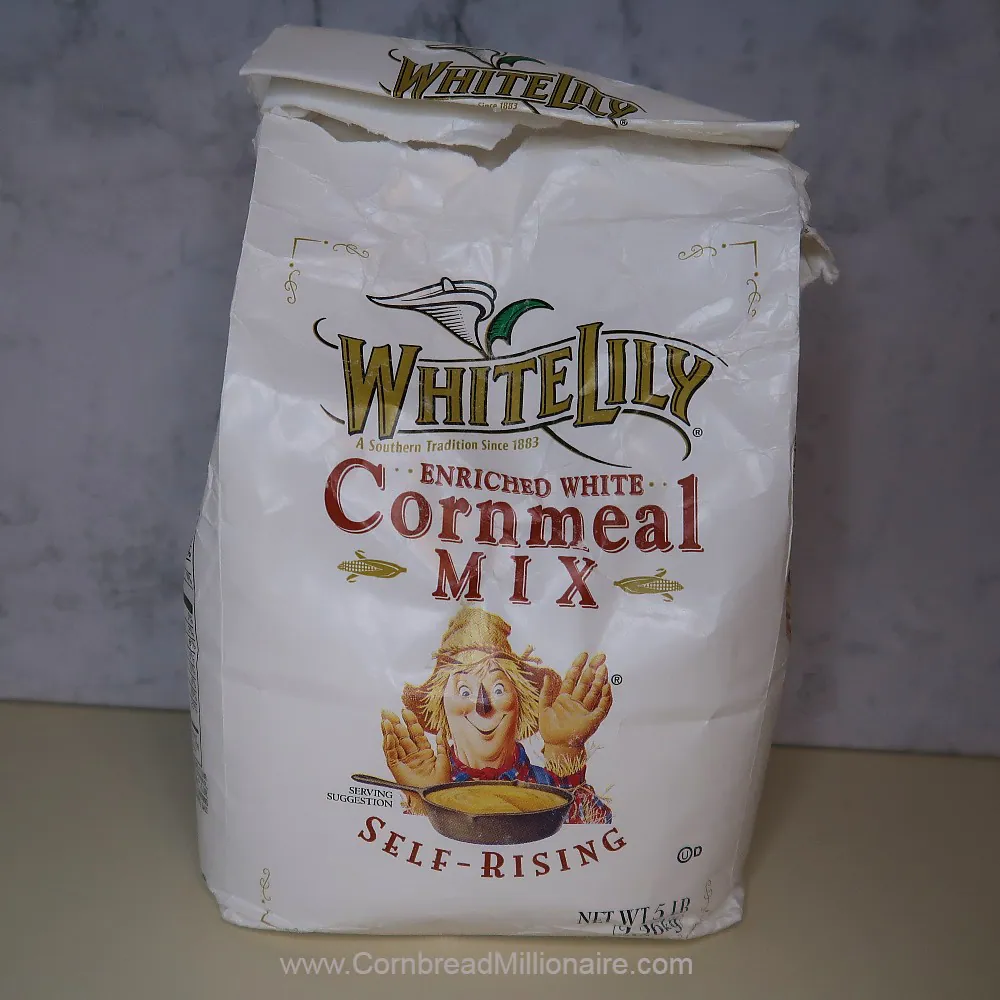
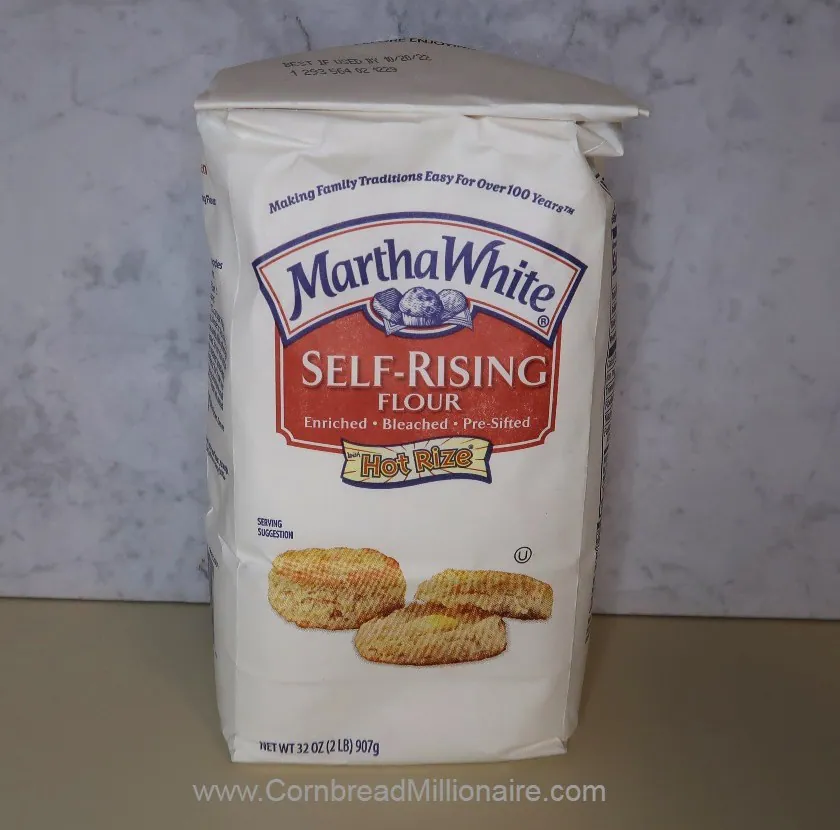
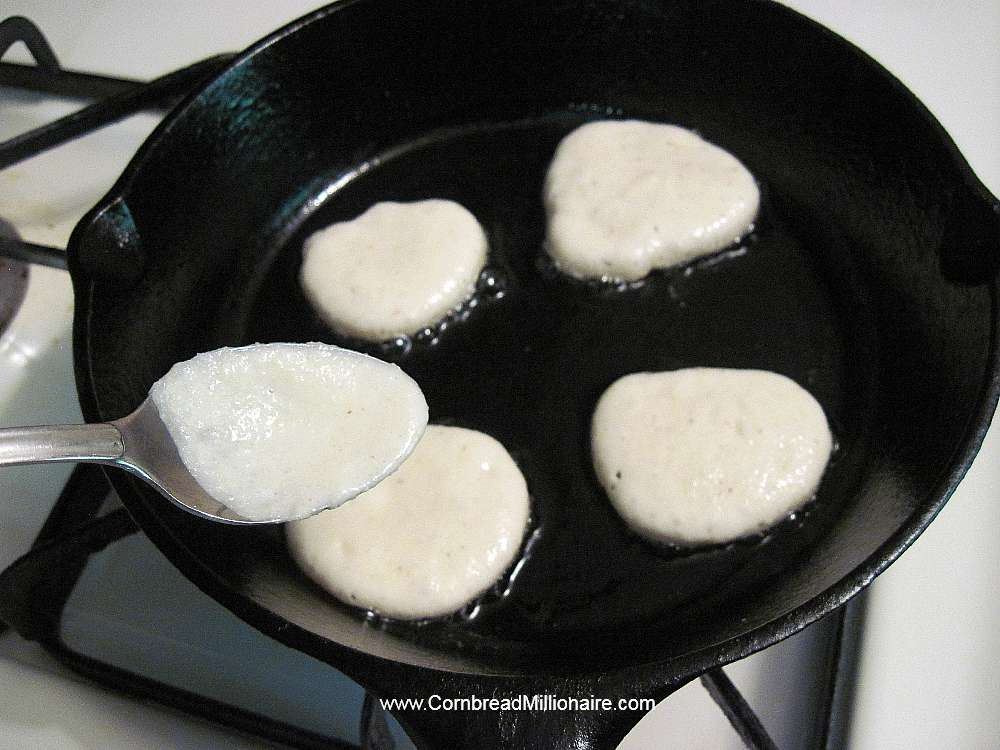
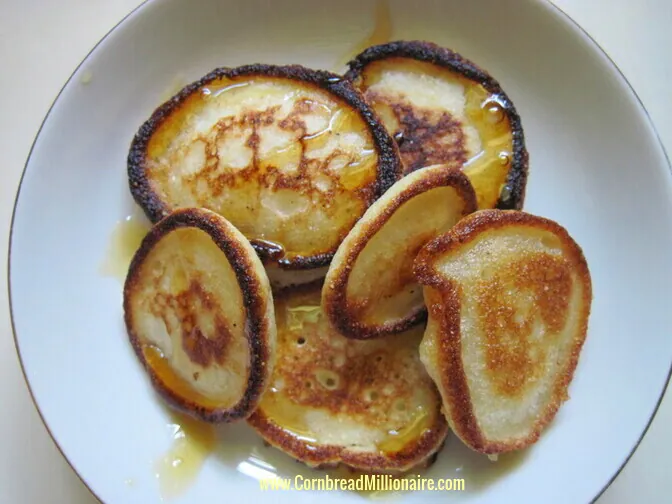
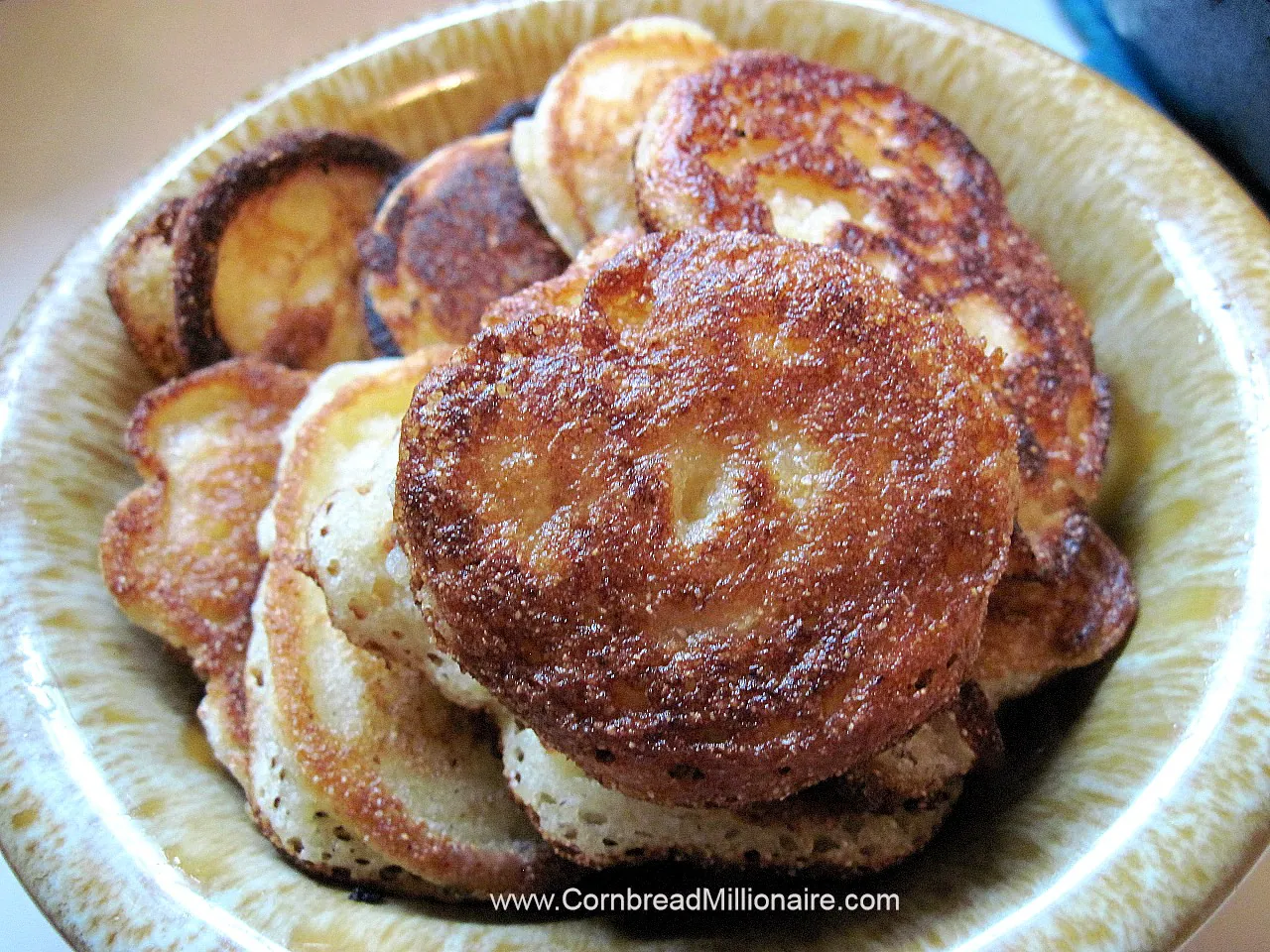
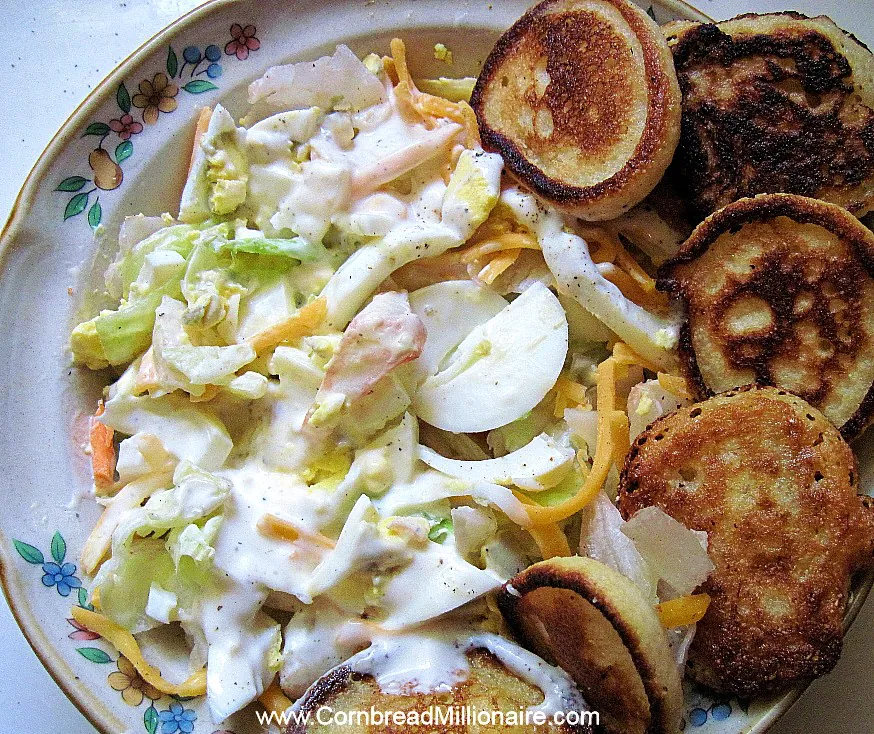
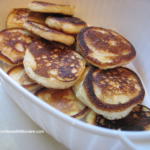
thanks so much for flip Jack s will try to night
Hi Joanie! You’re welcome. They’re very easy to make and taste great. I hope you enjoy as much as I do.
can you use regular whole milk instead of buttermilk
Hi Janet! Yes, regular whole milk can be used instead of buttermilk. However, the TASTE will not be as good as buttermilk (in my humble opinion). I know many people who enjoy using whole milk. It’s really all about personal preference. Thank you for visiting my blog. Please come again!
Thanks for sharing the recipe looks Delicious
Hi Phyllis! You’re welcome! Thank you for visiting my blog. Please come again.
I couldn’t find the recipe notes for using all purpose flour instead of self rising….
Hi Cassandra! My apologies for the issue. Here’s how to turn all-purpose flour into self-rising flour:
https://www.cornbreadmillionaire.com/therecipe/homemade-self-rising-flour
Looks delicious
Hi Judy! Thank you for visiting my blog and for the compliment. Merry Christmas!